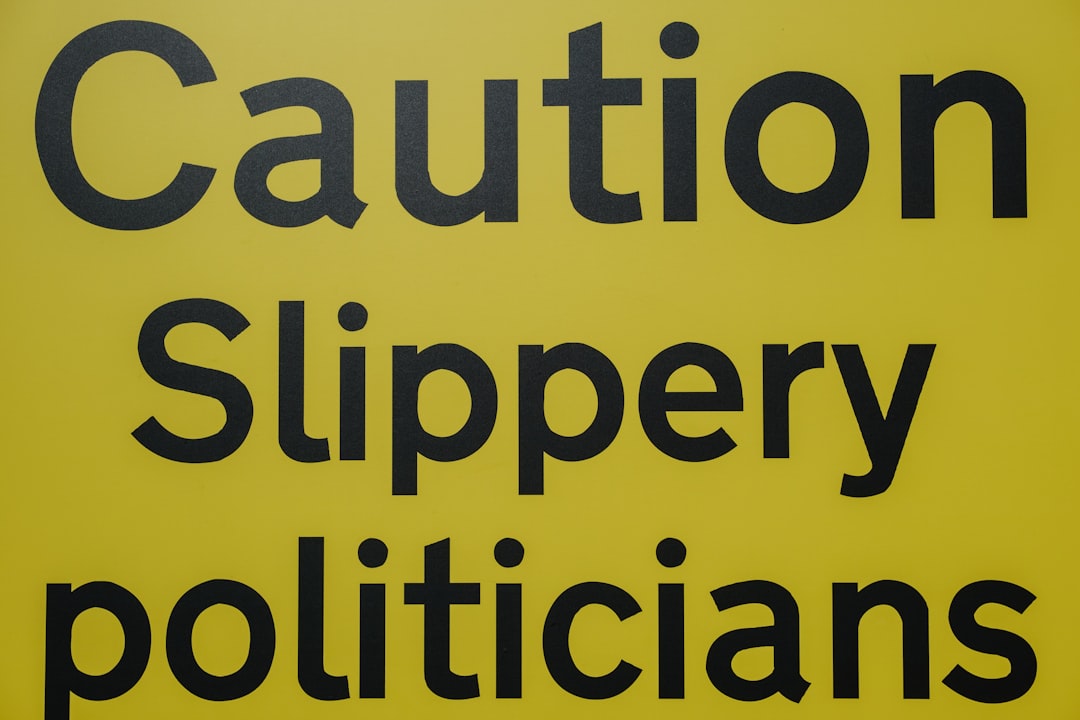The Cabinet Shuffle: Political Chess or Dance of Survival?
In governments around the world, the act of reshuffling a Cabinet is often compared to moving pieces on a chessboard. When a nation faces crisis—economic turmoil, public unrest, or infighting—leaders frequently respond not with new laws, but with new faces. But is this really just about replacing queens and pawns, or is it more like a frantic dance at the edge of a cliff, where the next step could be salvation or disaster?
The Cabinet reshuffle has a paradoxical allure. On the one hand, it is a demonstration of power: a leader’s privilege to appoint, reward, or remove. Yet it is also an admission of vulnerability, an implicit recognition that things aren't working as planned. More than a maneuver of pure strategy, it’s often a desperate attempt to buy time, restore legitimacy, or seek fresh alliances.
Perhaps the most fascinating aspect of Cabinet reshuffles is their universality. From Thailand to the United Kingdom, from Nigeria to Brazil, leaders of every stripe have used this tool to confront scandal, placate factions, or signal “change” without actually changing course. Sometimes, these moves reinvigorate a government. Other times, they only hasten a leader’s downfall, proving that not all dances can outstep the music of crisis.
Why, then, do we pay such attention to who sits at the table, instead of how the table is set? Maybe it is because behind every door opening or closing in the halls of power, there is a story about what a nation hopes—and fears—when the times get tough.
This article was inspired by the headline: 'Embattled Thai PM Paetongtarn Shinawatra reshuffles Cabinet as crisis rages'.

Comments
No comments yet. Be the first to comment!